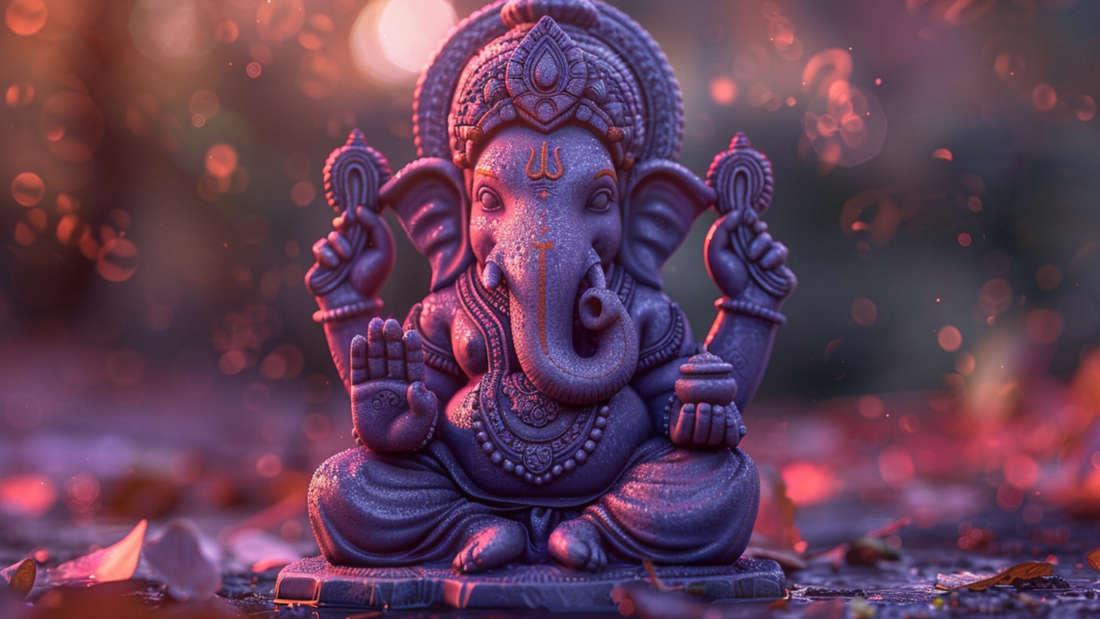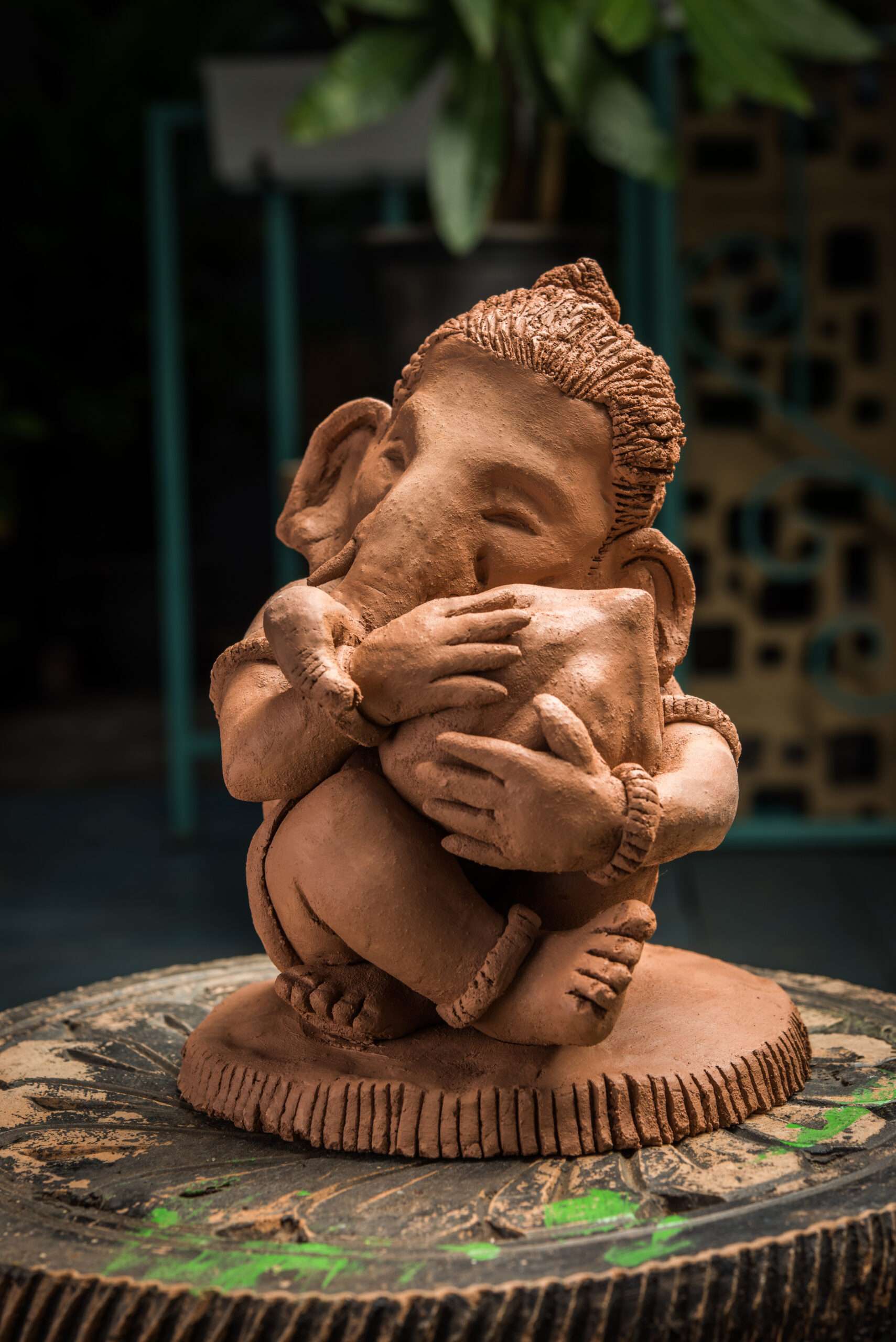Dussehra: A Celebration of Victory and Joy
Dussehra, also known as Vijayadashami, marks the triumph of good over evil and holds great cultural and religious significance in India. Celebrated on the tenth day of the Hindu lunar calendar’s Ashwin month, it symbolizes Lord Rama’s victory over the demon king Ravana, and is also linked to the defeat of Mahishasura by Goddess Durga. This festival fills the air with festivity, excitement, and a sense of renewed hope.
The Significance of Dussehra
At its core, Dussehra is a reminder that righteousness and truth always prevail. Lord Rama’s heroic victory over Ravana is symbolic of overcoming ego, arrogance, and evil forces. It also commemorates the triumph of Goddess Durga, who fought fiercely to defeat Mahishasura, a demon king. Dussehra reminds us of the eternal battle between good and evil, light and darkness, and the eventual victory of good.

Dussehra Traditions Across India
Dussehra is celebrated differently across various parts of India, showcasing the country’s diversity and cultural richness. Here are some unique ways it’s celebrated:
Ramlila Performances:
In North India, especially in states like Uttar Pradesh and Delhi, theatrical performances of the Ramayana, known as Ramlila, take center stage. These plays depict the life of Lord Rama and culminate in the burning of effigies of Ravana, Meghnath, and Kumbhkaran on Dussehra night.
Ravana Dahan:
The symbolic burning of Ravana’s effigies, known as Ravana Dahan, represents the destruction of evil. It is accompanied by fireworks, which light up the sky in a spectacular display.
Durga Puja in Bengal:
In West Bengal and other eastern parts of India, Dussehra coincides with the final day of Durga Puja. Idols of Goddess Durga are immersed in water after grand processions, signifying her return to the heavens.
Mysore Dussehra:
Karnataka’s Mysore Dussehra is one of the grandest celebrations, where the city’s royal family hosts a majestic procession with elephants, vibrant lights, and cultural performances.
Banni Festival in Kullu:
In Kullu, Himachal Pradesh, Dussehra is celebrated with great enthusiasm through traditional dances and rituals. The Banni festival, where villagers playfully clash sticks symbolizing a reenactment of warrior training, adds a unique touch to the festivities.
Symbolism and Lessons from Dussehra
Beyond the festive celebrations, Dussehra carries deep philosophical lessons. The festival teaches us about:
The Power of Truth:
No matter how strong evil forces may seem, truth and justice will always emerge victorious.
The Importance of Self-Control:
Lord Rama’s victory over Ravana emphasizes the importance of controlling desires, ego, and pride.
Strength of Unity:
Communities come together to celebrate Dussehra, reminding us of the strength in unity, collaboration, and shared beliefs.
Modern-Day Relevance
In today’s world, Dussehra’s message of overcoming evil is more relevant than ever. It encourages us to fight personal and societal battles with honesty, perseverance, and moral strength. Whether it’s defeating inner demons like greed and anger or working towards a more just society, Dussehra inspires individuals to uphold goodness in all forms.
Conclusion: A Time for Reflection and Joy
As we celebrate Dussehra with family and friends, let’s take a moment to reflect on the values it represents. May this festival inspire us to lead a life of virtue, compassion, and truth. Whether it’s through the dazzling Ramlila performances, the vibrant Durga Puja celebrations, or simply gathering with loved ones, Dussehra brings with it the joy of tradition and the hope for a brighter future.




